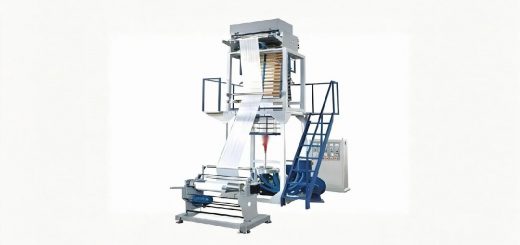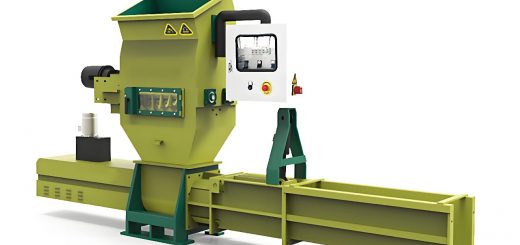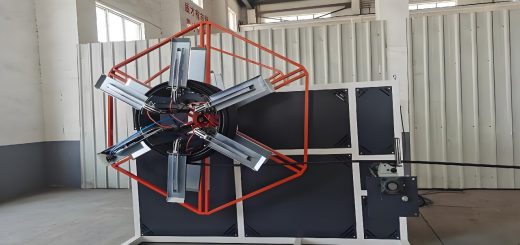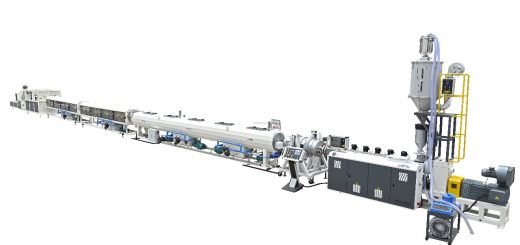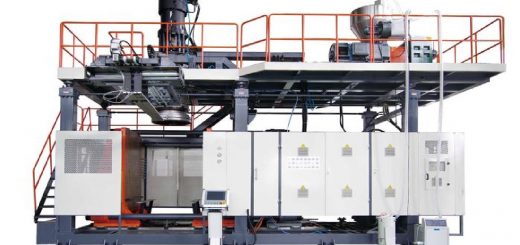Baler Machines: Efficient Solutions for Compressing and Bundling Agricultural and Industrial Materials
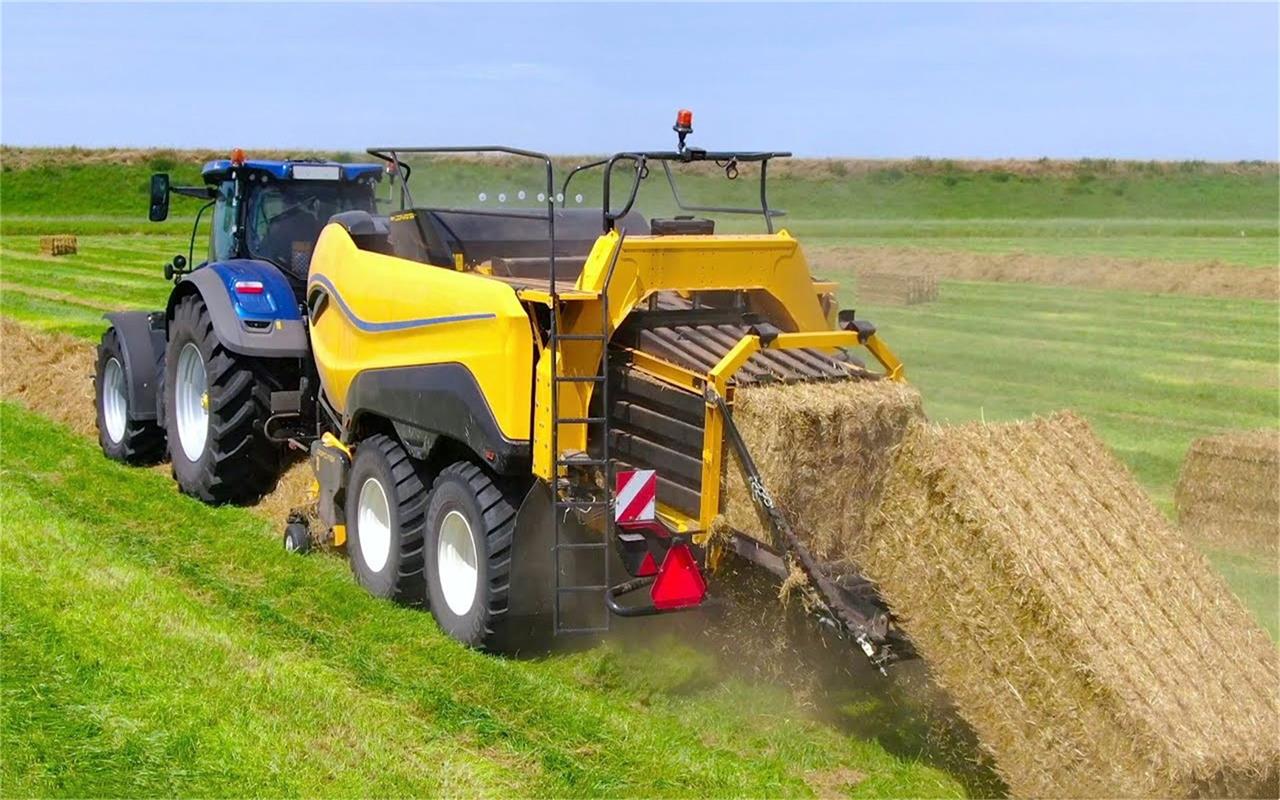
Baler machines, commonly known as balers, are mechanical devices designed to compress and bind materials like hay, straw, crop residues, plastics, or paper into compact bales. These machines play a vital role in agriculture, recycling, and waste management by simplifying storage, transportation, and recycling processes. This article explains what balers are, their types, functions, advantages, and how they differ from traditional bundling methods.
What is a Baler?
A baler is a machine that compresses loose materials into dense, manageable bundles (bales) and secures them with twine, wire, or netting. Balers are widely used in farming to handle hay and straw, as well as in industries to recycle materials like cardboard, plastics, and textiles. By compacting materials, balers save space, reduce labor, and improve handling efficiency.
Types of Balers
- Round Balers:
- These machines produce cylindrical bales, ideal for hay and straw in agriculture. Round balers are popular due to their simplicity and ability to create weather-resistant bales.
- Square Balers:
- Square balers create rectangular bales, which are easier to stack and transport. They are commonly used for hay and industrial materials like cardboard.
- Vertical Balers:
- Vertical balers compress materials downward and are often used in recycling centers for paper, plastics, and textiles. They are compact and suitable for small-scale operations.
- Horizontal Balers:
- Horizontal balers compress materials sideways and are used for large-scale industrial recycling. They handle heavy-duty materials like metal scraps and bulk cardboard.
Functions and Benefits of Balers
- Space Efficiency:
- Balers reduce the volume of loose materials by up to 90%, saving storage space and lowering transportation costs.
- Labor Savings:
- Automating the bundling process reduces manual labor, especially in agriculture where large fields require quick harvesting and baling.
- Environmental Benefits:
- Balers support recycling by compacting waste materials, making them easier to process and reuse. This reduces landfill waste and promotes sustainability.
- Improved Safety:
- Compact bales are safer to handle and transport compared to loose materials, which can shift unpredictably.
- Economic Value:
- Baled materials like hay or recycled paper can be sold more efficiently, generating additional income for farmers and businesses.
Balers vs. Traditional Bundling Methods
- Speed and Scale:
- Traditional methods involve manual stacking and tying, which are slow and labor-intensive. Balers automate the process, handling large volumes quickly.
- Consistency:
- Hand-made bales vary in size and density, while balers produce uniform bales optimized for storage and transport.
- Material Preservation:
- Balers protect materials from weather damage (e.g., round hay bales resist rain), whereas loose or poorly tied bundles may spoil.
- Cost-Effectiveness:
- While balers require an initial investment, they save long-term costs by reducing labor, waste, and transportation expenses.
Conclusion
Baler machines have revolutionized agriculture and waste management by offering efficient, cost-effective, and eco-friendly solutions for material handling. From compacting hay to recycling industrial waste, balers enhance productivity while reducing environmental impact. As technology advances, these machines continue to evolve, meeting the growing demands of modern industries.


